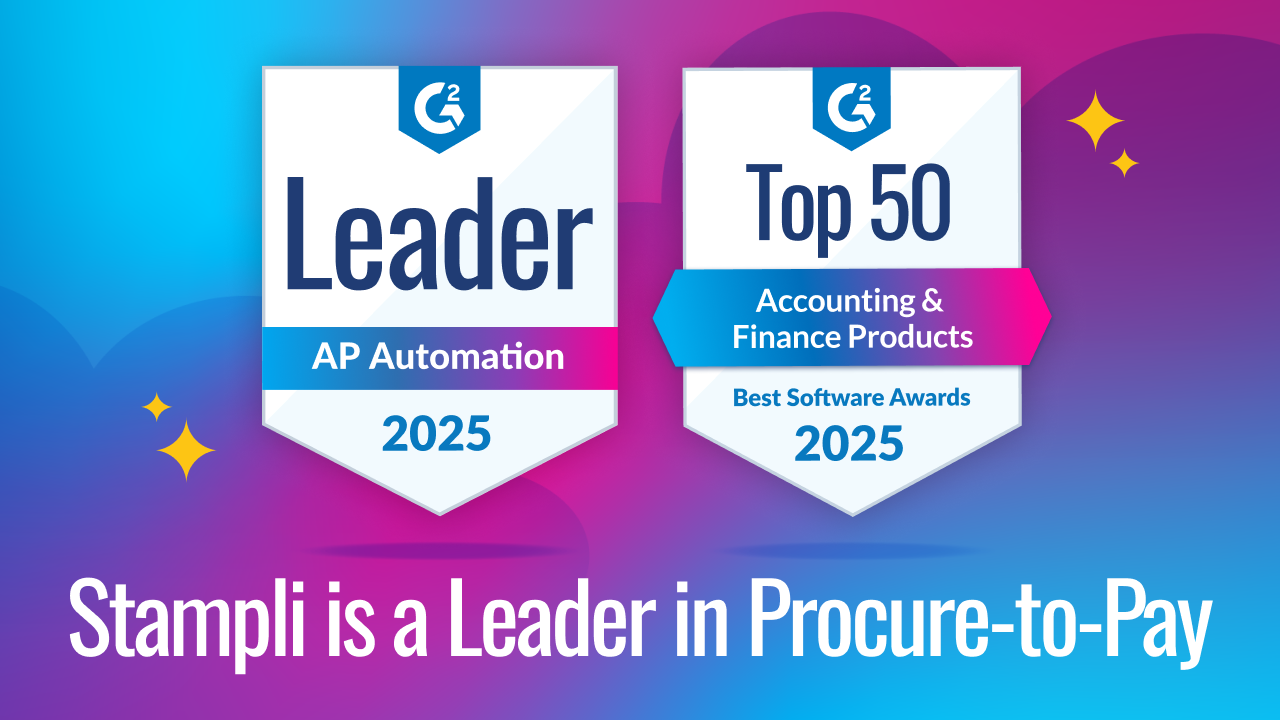Our Step-by-Step Guide to AP Automation Project Implementation

Accounts Payable automation can transform your organization.
AP automation gives you control of your P2P processes and real-time visibility of transactions and AP data. It empowers your AP department to save money, increase efficiency, and grow your business.
Cloud-based AP automation solutions are simple to use and can be implemented and integrated with your ERP in days. However, it’s best to take a more measured approach to get the most out of your solution. By beginning with a solid Accounts Payable workflow process, you can build a comprehensive implementation plan for AP automation to ensure the best ROI. This guide will explain the step-by-step implementation process and best practices to successfully transition to automated AP processes.
We’ll start with an overview of a typical implementation plan.
Steps for implementing Accounts Payable process automation
AP automation involves streamlining and optimizing the procure-to-pay workflow by replacing manual processes with automated ones. Although each company has unique goals and challenges, implementing AP automation involves identifying which processes to automate and migrating them onto an AP automation software solution.
In general, we can break the implementation process into seven steps. They are:
- Evaluate current AP processes and needs
- Build a business case for AP automation
- Get stakeholder buy-in to the business case
- Identify and document requirements
- Choose an AP automation partner
- Create and execute an implementation plan
- Test AP solution and train employees
Let’s break these out in detail with a scenario.
Step 1: Evaluate current AP processes and set goals
I’m the director of finance for a 20-year-old toy manufacturing company. We make fun educational toys for children aged 2-5. Although we’re small compared to the big guys, we sell our toys worldwide. But that’s all changing now. Demand for our toys is skyrocketing, and we’re expanding production. At the same time, we need to modernize our business processes, including how we pay vendors.
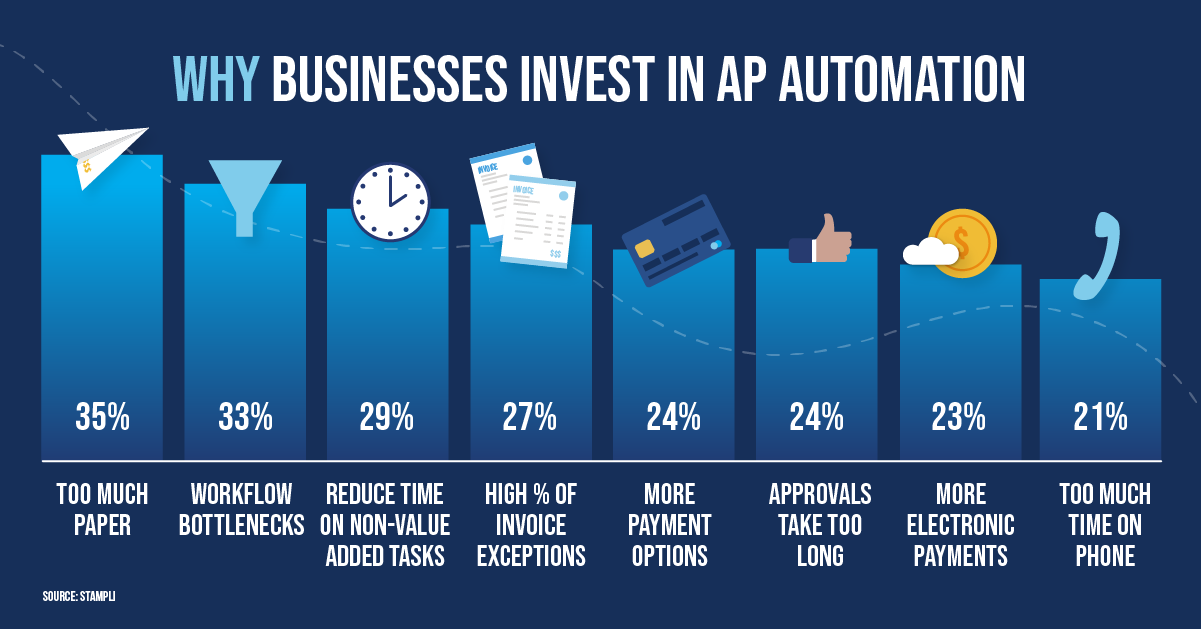
We currently use a manual process to pay suppliers. I won’t go into detail, but we’ve relied on spreadsheets and our accounting software to keep track of everything. As part of our modernization, we’re switching to accounts payable automation to streamline and optimize our P2P workflows. Here’s how we plan to start the implementation process.
Create a core steering team
My first step is to create a steering committee of key stakeholders, including directors and key staff from AP, Finance, IT, Procurement, and other departments that will be impacted by moving to AP automation. Building a core team ensures that we’ll clearly understand our business needs and goals, which will help us choose the right AP solution for our needs. Including stakeholders from the start also helps me get buy-in for the project – more on that later.
Once I form the core team, our first item of business will be to assess our current AP processes and goals to build a business case for automation.
Evaluate current AP workflows and pain points
We’ll start by reviewing our current P2P workflow and identifying bottlenecks and obstacles. During this process, we’ll ask questions like:
- How many invoices do we process each month?
- What are our current approval processes?
- How do we receive invoices from our suppliers today (mail, email, etc.)?
- How do we pay suppliers (ACH, check, credit card, cash, etc.)?
- What are the biggest bottlenecks in our P2P process?
- How often do we make mistakes processing invoices or paying vendors?
These questions help us establish metrics for our current processes. We can use these metrics to set specific and measurable goals when building the business case for AP automation.
Decide which AP processes to automate
After reviewing our current processes and pain points, we can move on to choosing which processes we’d like to automate. We want to automate repetitive tasks, such as manual data entry, invoice scanning, purchase order verification (3-way matching), approval routing, and payment processes. However, some AP automation solutions offer advanced functionality, such as data analysis and vendor management. We also plan to create a wishlist of functions we’d like to add or improve with automation.
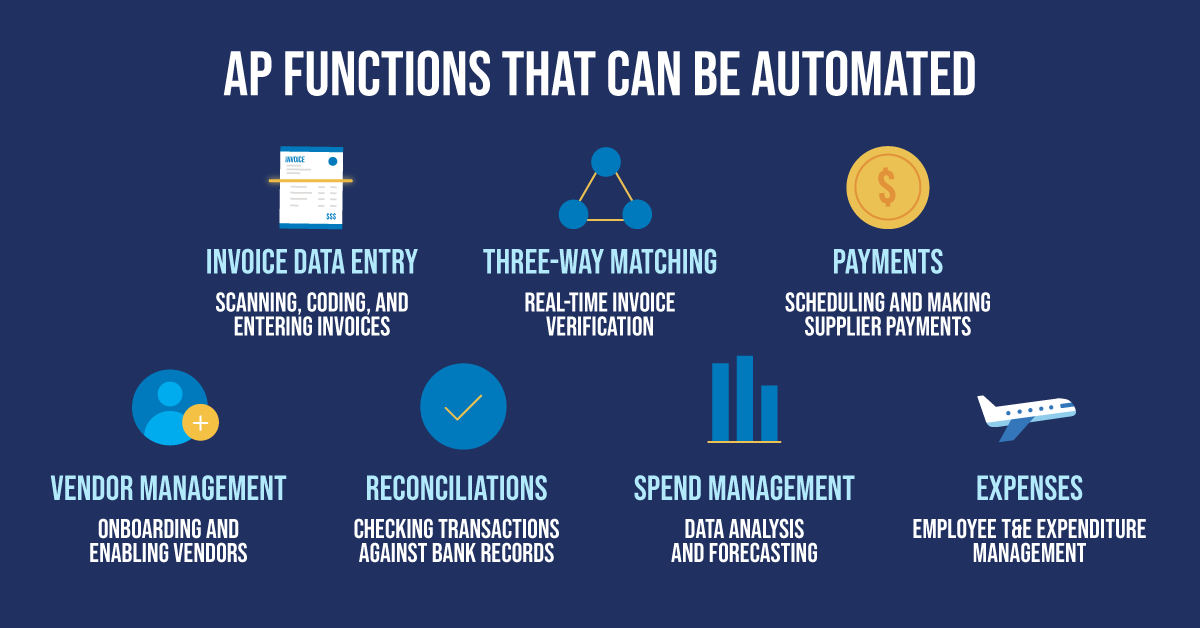
Calculate AP automation cost savings and ROI
AP automation can help us realize cost savings through labor savings, reduced late payments, and early payment discounts. We can estimate these cost savings and the ROI from automating AP processes using the current AP metrics and goals. These measurable and achievable benefits will form the core of our business case for automation.
Step 2: Build the business case for AP automation
After determining the impact of AP automation on our business and setting goals, we can create a business case to show the ROI, costs, and benefits of implementing a solution. The business case will help us get buy-in from our CFO, executives, and other stakeholders. It will also form the foundation of our implementation plan if our executives approve the project.
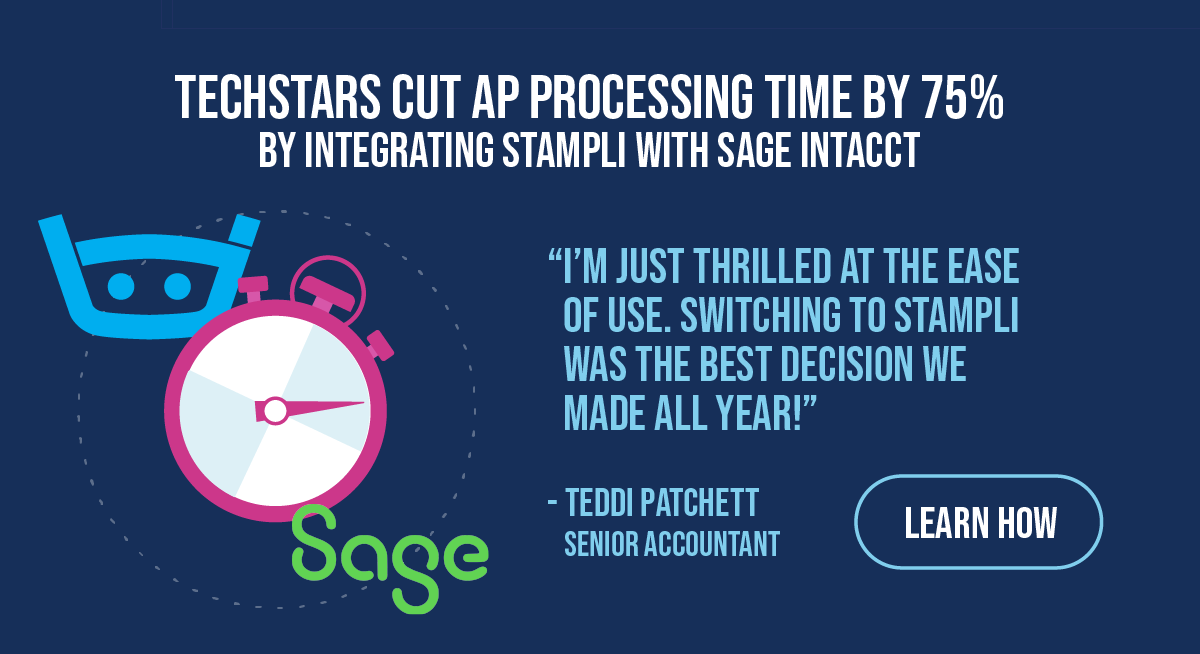
Benefits of AP automation
Along with the estimated ROI and cost savings from automating our AP workflows and automating expense management, the business case will also list the other benefits of AP automation, such as:
Decreased risk of fraud
AI-powered AP automation solutions include powerful tools to detect and prevent fraud. For example, some systems can detect and flag subtle signs of fraud that a human investigator may miss.
Improved collaboration
AP automation solutions centralize communications and share data with ERPs and other business systems to make it easier for employees to work together.
Complete audit trail
AP platforms keep a complete AP audit trail by logging every transaction, user action, and communication.
Integration with ERPs and Accounting Systems
AP automation systems easily integrate with ERPs, accounting systems, and other business systems to share data and communications across your entire organization.
Analytics and Insights
Automation platforms can help us manage cash flow and make informed business decisions by providing real-time transaction data, analytics, and forecasts.
Our business case will also show the potential costs of implementing an AP automation solution, such as estimated software licensing fees, changes to IT infrastructure, costs of digitizing existing paper records, and training costs. We can further refine these costs during the implementation planning phase to get a better idea of the ROI for the project.
Once the business case is complete, we can present it to our executives and stakeholders to get their buy-in for the implementation project.
Step 3: Get stakeholder buy-in to the business case
Change is difficult, and convincing stakeholders to change an existing process can be tough. Although we know our old AP system isn’t working for us anymore, we still need to get our executives on board with implementing AP automation. Here’s how I plan to do it.
Getting executive buy-in
If there’s one thing about our executives, it’s that they’re all about the bottom line. Sure, they’re concerned about intangible benefits and all that, but they get measured on profitability, revenue, and cash flow. That’s why our business case will start by explaining the ROI and cost savings our company can realize by implementing AP automation, then follow with the other benefits like improved cash management and data transparency.
Getting IT buy-in
Getting buy-in from our executives is only half the battle. We also need to get our IT department on board so our project gains traction to move forward. That means we need to talk about how we can implement and support the new software, additional IT costs we may face, security and business continuity, and compatibility with our existing and future systems. This is why it’s important to include IT on the project steering committee from Day One.
Getting AP staff buy-in
Last but certainly not least, we need to make sure our AP team feels included in the implementation process, especially because they may feel their jobs are on the line. We plan to redeploy as many team members as possible to higher-value tasks after automation. This can be a win/win for everyone involved: our team members get to do more interesting work, and the company benefits from their experience and skill in high-value projects.
Once we’ve established buy-in for the implementation project, we can look at identifying and mapping our requirements.
Step 4: Identifying change management requirements
After getting buy-in and approval to move forward with implementation, we need to go back and take a closer look at our requirements for the implementation process. That means establishing roles and responsibilities, setting a timeline and project plan, and engaging stakeholders for transitioning to AP automation.
Setting roles and responsibilities
Implementing AP automation will require input from several departments in our company. We’ll need to identify the single point of contact for each department and establish which people are accountable for each stage of the implementation process. These employees will form the implementation team when the project kicks off.
Setting timeline and project plan
We also need to set a timeline and project plan listing every step and milestone for the implementation process, along with which stakeholders are involved in each step. The project plan will ensure that everything stays on track and we complete the implementation on time. The plan also provides a good framework for ramping up the selected AP solutions provider once they’re onboard.
Engaging stakeholders
We need to involve departments and stakeholders such as Accounts Receivable and Operations who may be indirectly affected by the transition to ensure their requirements and concerns are logged.
Identify tasks that can’t be automated
Some accounts payable tasks, such as confirming shipments and handling partial payments, require human involvement and cannot be fully automated. We will flag these tasks and discuss possible solutions with the AP automation vendors we are considering.
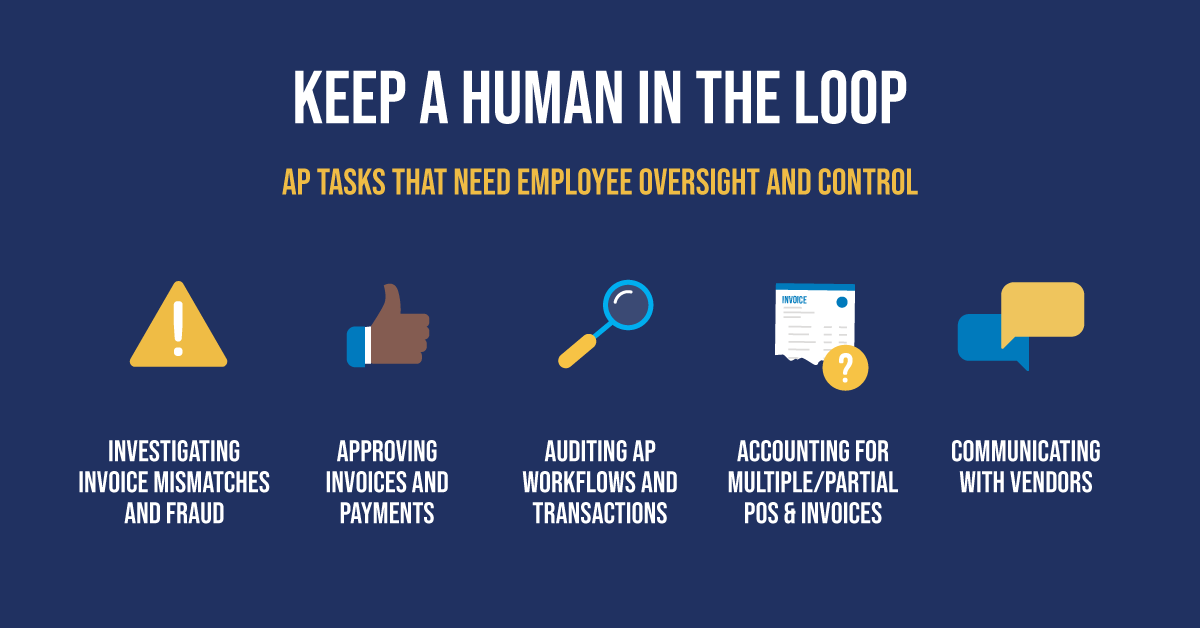
Technical requirements
Finally, we need to make a detailed appraisal of our technical environment and workflows to determine the scope of the implementation project. This appraisal identifies security and compatibility issues, changes to our existing IT infrastructure, and any necessary customization or training.
Step 5: Choose an AP automation partner
When we’ve got a clear idea of what we need for our AP automation project, we can start vetting potential AP automation providers.
As a toy company, we place a high priority on making tasks simple and intuitive. We apply this standard to our business partners – we prefer to deal with suppliers who put accessibility and usability first. Our ideal AP automation solution partner takes the complexity and frustration out of our AP processes.
To that end, we’ve set four criteria for choosing the right partner:
- Ease of use
- Collaboration and communication
- Invoice approval confidence
- Product quality and performance
A provider who meets these criteria will be a great match for our business. Here’s why each is important to us.
Ease of use
Our employees will need to use whatever AP automation solution we choose. We want an intuitive, user-friendly solution that requires minimal training or changes to how we work.
Good communication and collaboration
Our company prides itself on its tight-knit community. We need an AP solution that makes it easy for our employees to communicate and collaborate, especially as our business grows. We’re looking for platforms with simple and clear communication tools, seamless data sharing, and features such as a vendor portal to improve supplier relationships.
Invoice approval confidence
We’re busy. Our approvers don’t have the time to chase down and confirm every invoice that crosses their desk, and they sure don’t want to sign off on a bad expense. We need a platform that provides 100% approval confidence and ensures that every invoice sent for approval is accurate and valid. We’re looking for invoice automation platforms that offer automated data capture, invoice verification, 3-way matching, error and fraud detection, and accurate invoice data entry and coding to eliminate errors.
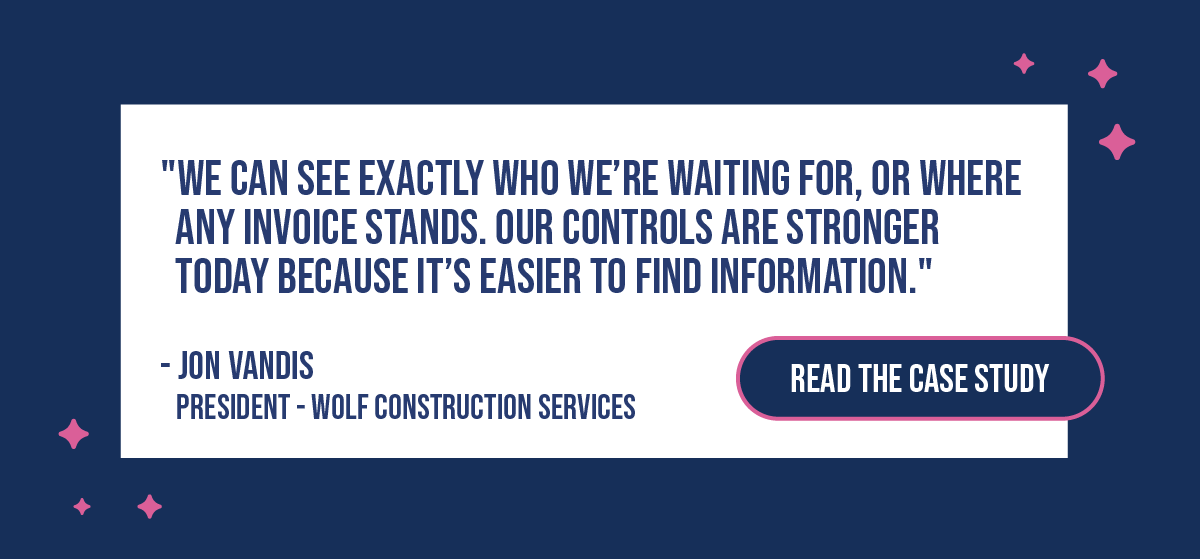
Software performance
A company is only as good as the quality of its work. Bottom line: we need an AP automation solution that works well with minimal fuss. That means it delivers consistent, reliable results like improved days payable outstanding (DPO), lower error rates, reduced processing costs, and improved cash flow. We’ll take a close look at each potential provider’s track record to understand their reputation and see how they perform.
Finally, as we consider vendors, we’ll keep our future needs in mind. We need a flexible and scalable solution that can grow and evolve as our business grows and evolves.
Step 6: Create and execute an implementation plan
Once we’ve chosen our AP automation vendor, we’ll need to create an implementation plan to set expectations and deliverables, then execute that plan to deploy the AP solution. We plan to hold a kickoff meeting after the contract is signed to get the ball rolling.
The implementation plan is based on the business case and requirements documents. It covers all the tasks that need to be completed to implement the AP automation solution at our company. The plan will also include the milestones and a realistic timeline for completing the AP automation project to keep everything on track.
Here’s how we create and execute the plan.
Hold a kickoff meeting
We’re going to hold a kickoff meeting after the contract is signed with the AP automation provider. At this meeting, we’ll define roles and responsibilities and establish the project’s timeline, deliverables, and milestones to form the implementation plan. Once the plan is in place and signed off by all stakeholders, the implementation can begin.
Implement IT changes and migrate processes
The next step is to understand what we need for a successful implementation and transition to the automation solution. For us, this will include integrating the AP solution with our ERP and accounting systems, implementing a single payment solution, and migrating our existing AP data.
Get vendors on board
During implementation, we plan to reach out to our vendors and give them a heads-up about our new AP platform and why we’re moving to an automated solution. We anticipate most vendors will support the change because they will get paid faster.
Process integration
Finally, we’ll need to integrate our existing processes with the AP automation solution to optimize our workflows. For example, we’ll move our approval routing and notifications to the new system. That means our approvers will get a notification from the system rather than an email when an invoice is ready for approval, and they’ll approve the invoice directly in the system rather than emailing a reply to the accounts payable department.
Step 7: Test the AP solution and train employees
The last stage of the project invoices testing the AP solution and training employees on how to use it before full implementation.
Testing
Once the AP solution is implemented, we’ll need to test it to make sure it works and meets our requirements. That includes:
- Performing QA to ensure systems work correctly
- Ensuring that integrations are connected and secure
- Confirming communications are getting through
- Verifying that the system performs automated functions like GL coding and 3-way matching correctly
The AP solution must work correctly before we can provide training to our staff.
Training
We plan on choosing a provider who provides user training as part of their onboarding process, and we also plan to develop an in-house training program. To help us prepare our training program, we’re going to consider questions like:
- How will the AP automation solution impact the employee’s work?
- How will each user (AP clerks, approvers, IT, vendors) interact with the AP software?
- What tasks will each user need to know how to do?
- Where should users ask for help if they run into a problem?
Once the training and testing are complete, our AP automation solution will be ready to go live!
Before we close, let’s talk through a few best practices to help your AP automation implementation go smoothly.
Best practices for implementing AP automation
An ounce of prevention is worth a pound of cure. Here are some best practices to keep in mind as you implement an AP automation solution at your organization:
Maintain good communications
I can’t overstate the importance of good communication. Implementing an AP automation solution can be a complicated task, so it’s important that you keep everyone in the loop and listen and respond to questions and concerns. Look for AP automation vendors who prioritize good communication – the best providers will be open, transparent, and helpful during the implementation process.
Confirm user and vendor acceptance
Check often with users and vendors during and after the implementation process to ensure they’re comfortable with the new system and identify any hiccups or frustrations. Many AP automation solutions feature user and vendor analytics that provide info on acceptance and activity that can help you understand how people interact with the system.
Track performance and successes
AP automation platforms give you access to real-time metrics and KPIs that give you visibility into almost every aspect of your AP processes. You can use these metrics to measure platform performance and calculate ROI. You can also use them to tweak workflows, monitor and manage cash flow, and detect and mitigate errors and fraud. Finally, you can use the metrics to gain valuable insights into your company’s expenditures to make informed spending and investment decisions.
Stampli: #1 in Accounts Payable Automation
Transform your P2P workflows and maximize ROI with Stampli’s scalable and flexible AP automation solution. With a proven track record in Delivering Results, Customer Relationships, Implementation, and Usability, Stampli is your Accounts Payable Automation partner.
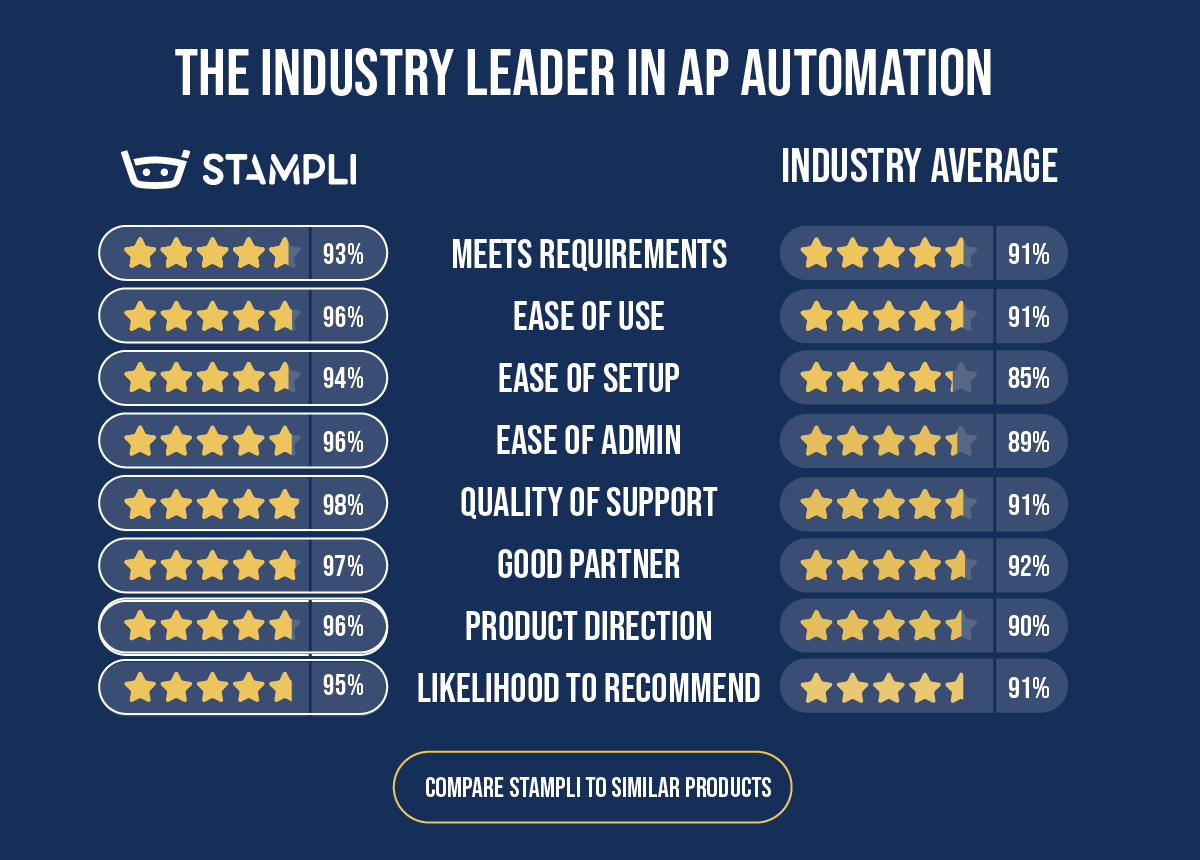
Stampli offers a no-code implementation that takes weeks, not months, and seamlessly integrates with major ERP systems and accounting platforms. You’ll immediately see the impact of AP automation on your bottom line.
Stampli makes AP much less time-consuming thanks to Billy the Bot — the only AP AI assistant that handles the tedious manual tasks for you across the entire invoice process. Contact Stampli today to arrange a free demo.


